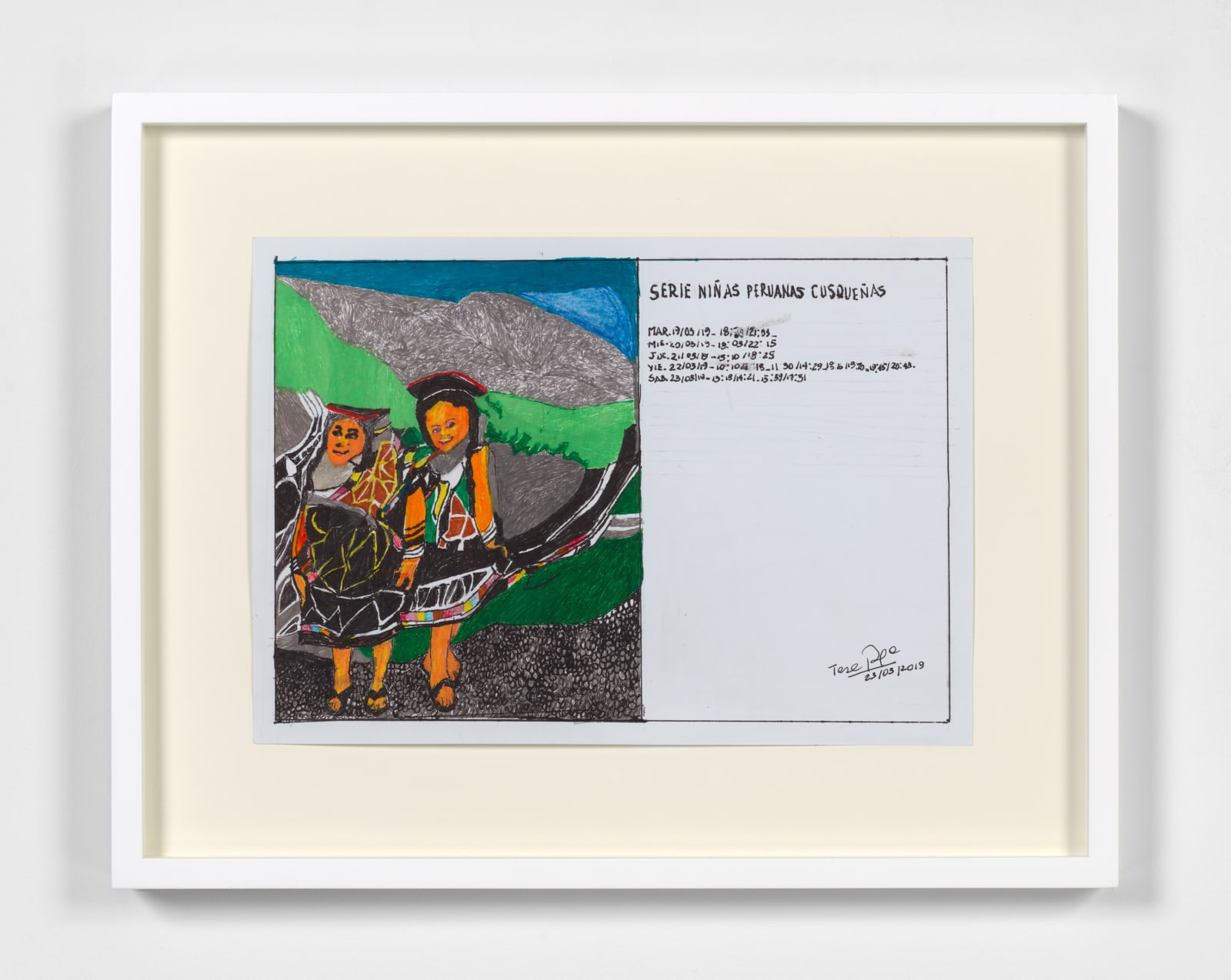-
Artworks
Open a larger version of the following image in a popup: Teresa Burga: Dibujos (1974–2019), Alexander Gray Associates, Germantown (2022)
Open a larger version of the following image in a popup:
Teresa Burga: Dibujos (1974–2019), Alexander Gray Associates, Germantown (2022)
Open a larger version of the following image in a popup: Teresa Burga: Dibujos (1974–2019), Alexander Gray Associates, Germantown (2022)
Open a larger version of the following image in a popup:
Teresa Burga: Dibujos (1974–2019), Alexander Gray Associates, Germantown (2022)
Open a larger version of the following image in a popup: Teresa Burga: Dibujos (1974–2019), Alexander Gray Associates, Germantown (2022)
Open a larger version of the following image in a popup:
Teresa Burga: Dibujos (1974–2019), Alexander Gray Associates, Germantown (2022)
Open a larger version of the following image in a popup: Teresa Burga: Dibujos (1974–2019), Alexander Gray Associates, Germantown (2022)
Open a larger version of the following image in a popup:
Teresa Burga: Dibujos (1974–2019), Alexander Gray Associates, Germantown (2022)
Open a larger version of the following image in a popup: Teresa Burga: Dibujos (1974–2019), Alexander Gray Associates, Germantown (2022)
Teresa Burga: Dibujos (1974–2019), Alexander Gray Associates, Germantown (2022)
Teresa Burga
23 / Marzo / 2019, 2019Mixed media on paper8 1/4 x 12 in (21 x 30.5 cm)
13 x 16 x 1 1/4 in framed (33 x 40.6 x 3.2 cm framed)Signed and dated on rectoFurther images
2of 2











